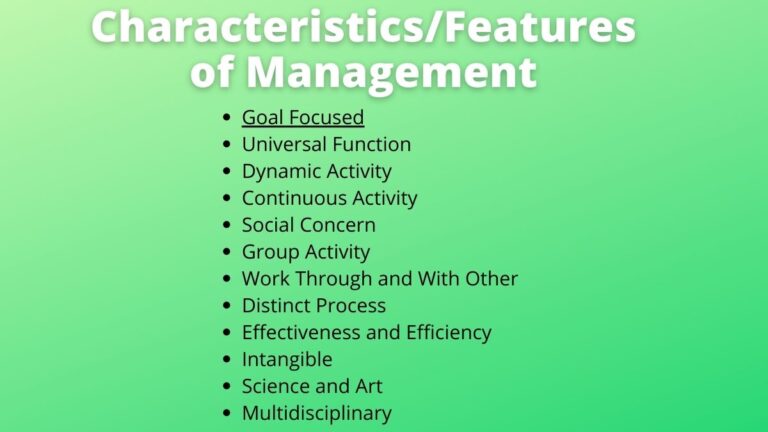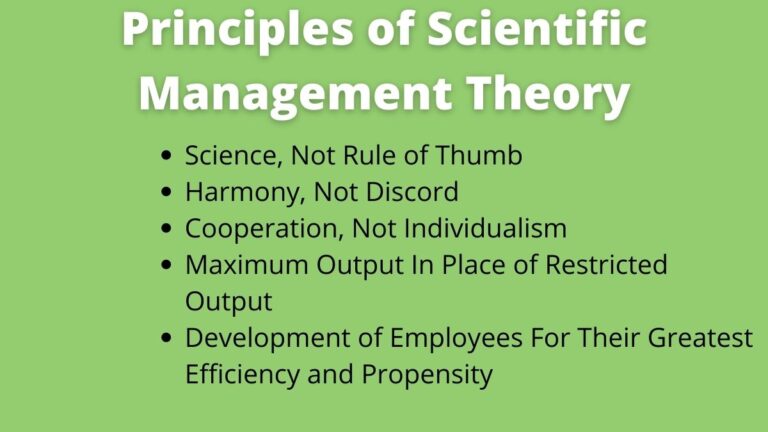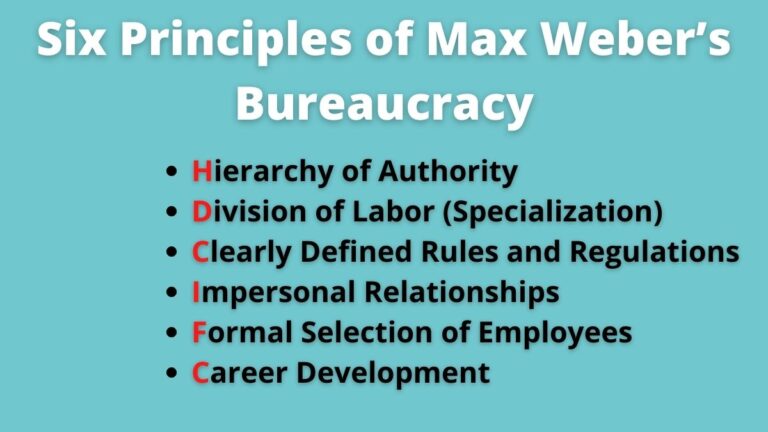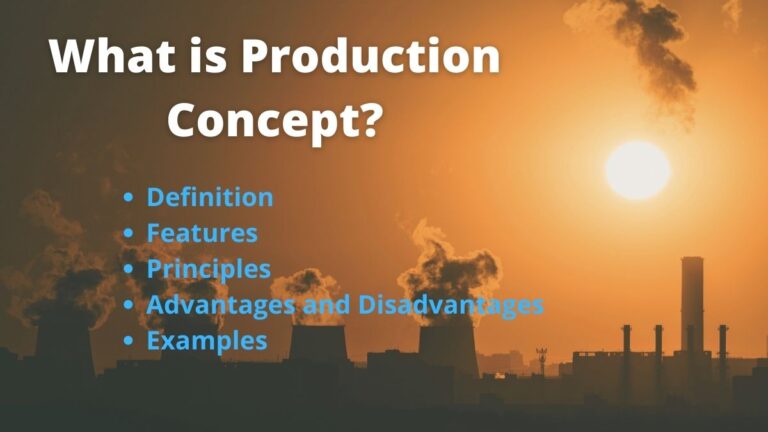What is Deming Management? Definition, Features, Principles, and Cycle
What is Deming Management?
Edward Deming, a US citizen, and professor, is regarded as the father of the new industrial age. Deming management is the application of his principles in the field of quality control.
Deming’s approach is directed toward reviving the production system by making it more responsive to people, more democratic, and more efficient. He approaches TQM i.e. total quality management from a philosophical angle and pronounced his points.
He developed several new quality improvement techniques in the USA which were transformed into Japanese organizations. After World War II most Japanese companies were going through hard stages. Deming was one of the primary contributors to the Japanese quality improvement programs.
According to Deming, top management has the primary responsibility for achieving product quality and should give high attention. He has suggested 14 techniques to improve the quality of goods and services. To honor his contribution to management and substantial development in quality, the Japanese government instituted a Deming prize.
Characteristics of Deming Management
The main features of Deming management are as follows:
- The top management has more responsibility for quality improvement.
- Quality should be aimed at the needs for customer satisfaction. Customers always come first.
- Quality can be improved by a fixed system. If mistakes are found, don’t blame the people but study the process to prevent the defects.
- Quality can be improved by the attention of all employees. There should be a democratic environment to promote production and exploit opportunities.
- The plan-Do-Check-Act cycle is effective for continuous quality improvement.
- Motivation through group participation helps to improve the quality. Remove the barriers of motivation and control.
Principles and Techniques of Deming Management
Deming advocated the flowing 14 points for quality improvement and management. They are:
- The constancy of Purpose for Improvement – Management should have priority quality improvement rather than profit. It must be consistent.
- Adopting New Philosophy – Management should adopt a new philosophy of survival and growth quality.
- Cease Dependency on Mass Inspection – Quality can be maintained by improving processes not by inspecting.
- End the Practice of Awarding Business on Price Tag Alone – Product should not be judged by price tag it should be judged by quality also.
- Continuous Improvement – Continuous improvement should be made to maintain and improve product quality.
- Institute Modern Methods of Training – Training and development improve the efficiency of employees.
- Institute Leadership – Managers must be responsible for helping their subordinates to accomplish their job.
- Drive Out Fear – It is essential to remove the fear of employees expressing their ideas, views, and opinions regarding the job.
- Break Down Barriers Between Staff Areas – Teamwork is the only way to improve the quality of work.
- Eliminate Slogan and Target – Slogan and target to employees can not improve the quality of the product rather this may reduce the efficiency and quality.
- Eliminate Numerical Quotas – This principle suggests more emphasis on the quality rather than quantity of the product.
- Remove Barriers to Pride of Workmanship – Management should always focus on removing barriers that may occur during the production and supply process.
- Institute a Vigorous Program of Education and Training – Deming suggests managers and staff should be enrolled in education and training programs and packages regularly.
- Take Action to Attain the Transformation – The top manager should make a strategic plan in order to achieve the goal of quality improvement.
Related: The 14 Principles of Management
PDCA Cycle
Deming suggested a four-step process for the application of TQM which is popularly known as the PDCA cycle.
Plan (P)
Management must plan product development. For this, management should prepare planning objectives, policies, tools, customers’ need priorities, etc.
Do (D)
Management should produce goods and services as planned. If any problems are identified in planning, necessary corrections should be made.
Check (C)
After the production is started, management should start checking to find deviations if any. This phase is most important from the point of finding deviations in the production process and causes of deviations.
Act (A)
This step is for the research and development of the product. For this, management should work on team building and work accordingly.
Read Next: What is Actual Product?
Sajan Kushmi is a content writer with more than 4 years of experience. He holds BIM Degree. He write on the topics related to Management, Marketing, and Entrepreneurship.






